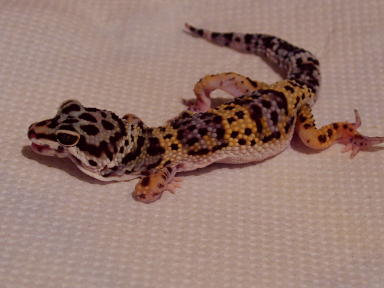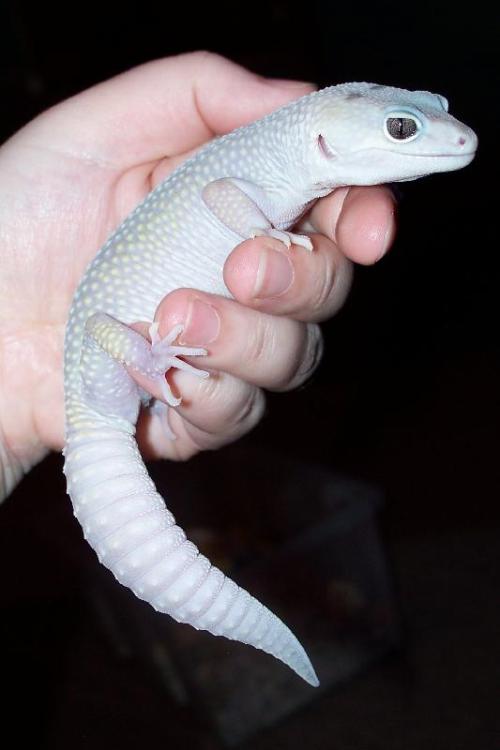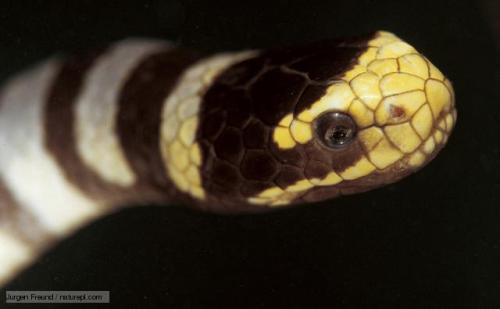Reptile Illness: Metabolic Bone Disease
Metabolic Bone Disease, often shortened to MBD, is a term that covers any sort of illness, disease or deficiency that causes calcium to be lost from the skeleton to combat the deficiency within the body. In the case of reptiles, MBD is usually caused by poor husbandry and nutrition, leading to a severe calcium deficiency.
Lizard species often suffer from this disorder as some species of these reptiles, such as Leopard Geckos (Eublepharis macularius) and Green Iguanas (Iguana iguana), require sunlight to synthesize Calcium. The UV in natural sunlight is what allows these reptiles to regulate the amount of calcium they absorb from their food, so without this the calcium from the reptile’s food is not absorbed into the body. The reptiles body uses up calcium daily, and if calcium is not absorbed from the food the body steals it from the bones themselves.
This weakens the bones, and leads to the symptoms of MBD – bowed legs and deformities, lethargy, loss of appetite, swollen joints, broken bones, difficulty when eating, moving or trying to hold body off the floor, trembling, and in severe cases, partial paralysis. Chelonians may also show a softened shell due to the lack of calcium. A very severe case of MBD is seen in this photo :

The photo above shows a Leopard Gecko with serious MBD. The legs and jaw are very badly affected, resulting in bent/broken limbs and a rubber jaw. Unfortunately this Leopard Gecko died despite treatment.
MBD is easy prevented, with the use of UV bulbs to provide synthetic UV and sprinkling vitamin supplements on food. Livefood can also be gut loaded – fed on high quality green food prior to being fed to a reptile in order to increase the nutritional content of the insects. Some insects also have a better ratio of calcium to phosphorous, another contributing factor to MBD. An ideal ratio is 2:1 of calcium to phosporous in live food, but this rarely happens without the aid of supplements and gut loading.
UV bulbs should be replaced regularly, as though they will continue to emit light, they no longer emit UV after 6 months.
Photo from here, information taken from numerous sources.
Added comment from Sundrythings:
Good information! It is also important to note that reptiles require both UVA and UVB light and not all UV bulbs provide this so you need to read the labels.









